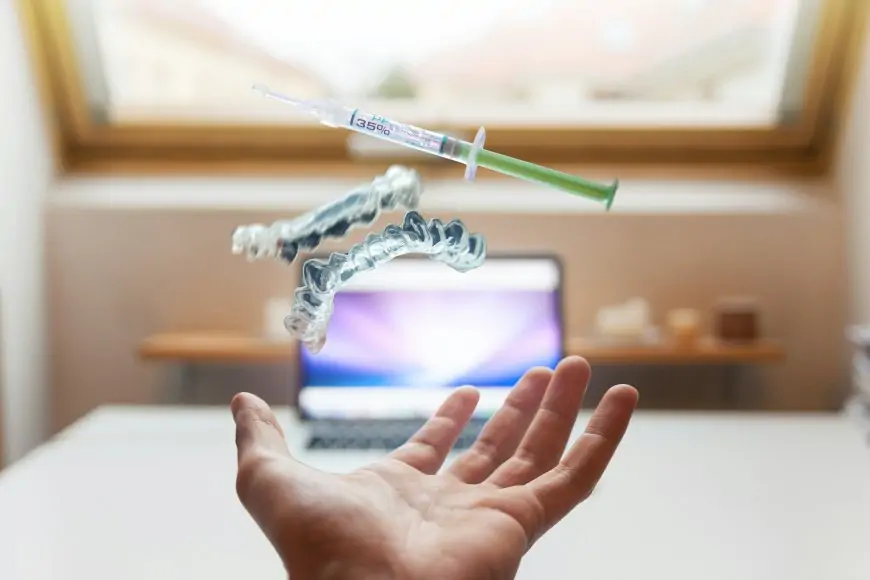Medical implant devices have revolutionized healthcare, offering innovative solutions for a variety of conditions. From pacemakers to artificial joints, these devices have improved countless lives.
However, not all stories about medical implants are success stories. Some devices have been associated with severe complications, leading to significant concerns within the medical community and among patients.
In this article, we will explore three instances where medical implant devices resulted in severe complications. This underscores the imperative for rigorous safety measures and sustained vigilance in medical technology.
DePuy Hip Implants
The DePuy hip implants, particularly the ASR XL Acetabular System and Hip Resurfacing System, became notorious for their high failure rates and severe complications.
Patients experienced problems such as metallosis, wherein metal particles from the implant entered the bloodstream, leading to inflammation and tissue damage.
The concerned hip implant systems were implanted in over 93,000 individuals globally. In the U.S. alone, 30,000 people had these implants since 2003. Data from the National Joint Registry disclosed that 12% of patients with the Hip Resurfacing implant needed revision surgery within five years. Similarly, 13% of Acetabular implant patients needed revision surgery within the same timeframe.
The implants were ultimately recalled in 2010, resulting in thousands of lawsuits against the manufacturer. In 2013, Johnson & Johnson, DePuy's parent company, settled numerous ASR these lawsuits for $4 billion.
Bard PowerPort
The Bard PowerPort, commonly known as BardPort, is a crucial implantable catheter device. It is specifically designed for the intravenous delivery of fluids or medications, particularly vital in chemotherapy treatments.
Recognized as a chemoport, this compact implantable device is roughly the size of a U.S. quarter. It is placed under the skin, often in the upper chest, arm, or abdomen, with a delicate silicone tube establishing a connection to a vein.
The Cleveland Clinic emphasizes its importance, particularly for those undergoing cancer treatments. It significantly reduces the need for frequent needle sticks during essential medical procedures, including blood draws, infusions, and injections.
Despite its instrumental role in enhancing patient comfort during medical interventions, the Bard PowerPort has become the subject of legal controversies. Individuals are raising concerns about the device's purported design flaws, alleging an increased risk of organ damage, infections, and blood clots.
Referred to as Port-A-Catheter migration symptoms, these complications are linked to design defects. These defects can result in elevated injection flow rates and the potential breakage of the catheter.
According to TorHoerman Law, these issues have prompted legal action against the manufacturers. In February 2024, there were 99 active lawsuits in the Arizona multidistrict litigation (MDL) 3081, overseen by Judge David G. Campbell.
Legal experts expect an increase in Bard PowerPort cases, emphasizing the importance of adhering to state-specific statutes of limitations to determine eligibility for compensation. Prompt legal consultation is urged to ensure individuals preserve their right to pursue potential claims against the manufacturers.
Medtronic Infuse Bone Graft
Medtronic's Infuse Bone Grafts, containing synthetic proteins called recombinant human bone morphogenetic proteins (rhBMP-2), received FDA approval in 2002. This approval was specifically for use in spinal fusion procedures.
In 2004, Infuse received approval for treating tibial shaft fractures, expanding its applications. Additionally, in 2007, it gained approval for oral-maxillofacial procedures related to extraction sockets, further diversifying its use.
With a remarkable global reach, more than a million individuals worldwide have undergone procedures involving rhBMP-2 since its initial FDA approval in 2002. In the United States alone, Infuse is estimated to be used in about 100,000 spinal fusion procedures annually.
This reflects its widespread adoption within the medical community for addressing various spinal conditions. The product achieved substantial financial success, reaching $750 million in sales in 2011.
However, the positive narrative takes a turn. Examination reveals that the manufacturer failed to disclose adverse events and complications associated with Infuse's off-label use.
According to Drugwatch, early clinical studies, including those reviewed by the FDA, raised concerns about potential issues linked to Infuse. These issues include inflammation of nearby tissues and bone, urinary problems, and even the stimulation of cancer growth. Notably, bone morphogenetic protein (BMP) products, including Infuse, demonstrated a 43% higher overall complication rate than traditional bone grafts.
Furthermore, 15 to 20% of individuals who received Infuse reported experiencing leg and back pain, indicating the prevalence of postoperative complications. Moreover, there is emerging evidence suggesting that higher doses of Infuse may carry an elevated risk of developing cancer.
Despite these alarming findings, Medtronic continues to deny the claims and defend the safety and efficacy of Infuse Bone Grafts. This leaves the medical community and patients grappling with the complexities surrounding its usage and potential risks.
In conclusion, medical implant devices have significantly enhanced the quality of life for numerous patients. However, instances of severe complications underscore the critical need for thorough research, transparent communication, and continuous surveillance in the field of medical technology.
Healthcare professionals, manufacturers, and regulatory bodies must work collaboratively to ensure that the benefits of medical implants far outweigh the risks. They hold the potential to enhance patient well-being through continued innovation and diligent attention to safety.


















